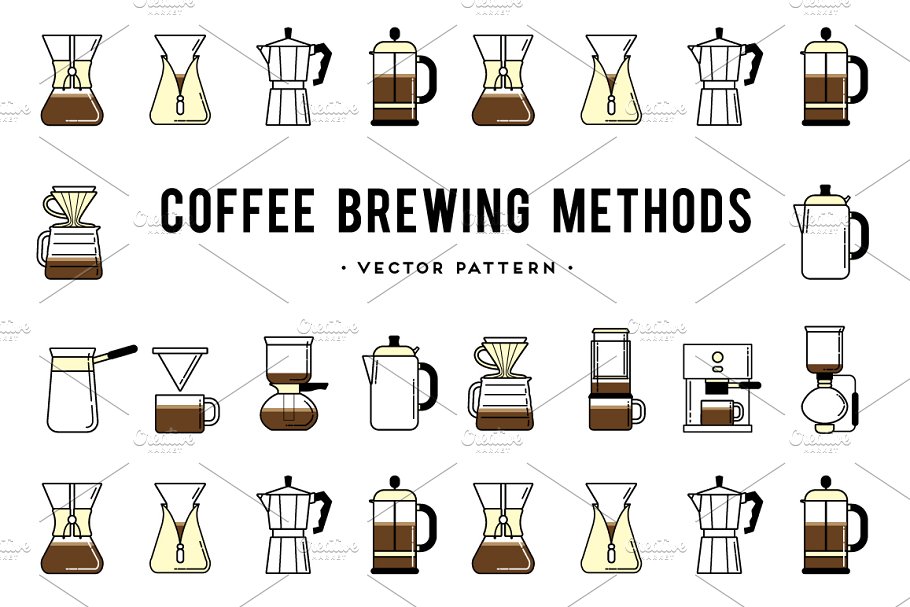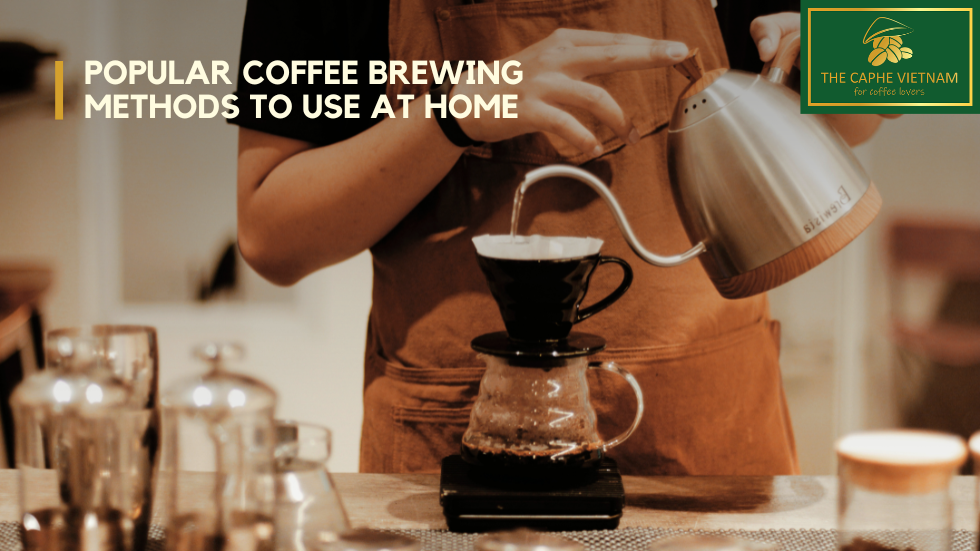The Science Behind Coffee Brewing: How Temperature and Time Affect Your Beverage
Understanding the science behind coffee developing discloses that temperature level and time are not plain variables yet crucial components that determine the beverage's flavor account and total top quality. The ideal brewing temperature generally falls in between 195 ° F and 205 ° F, while the period of extraction varies significantly across various approaches. This interaction of elements can result in a mug that is either disappointing or wonderful. As we check out the subtleties of these elements, the question arises: just how can one successfully balance temperature and time to attain that best brew?
The Chemistry of Coffee Removal
The chemistry of coffee extraction explores the detailed procedures that change raw coffee beans into the fragrant beverage appreciated worldwide. This improvement primarily includes the solubility of numerous compounds present in the beans, which are affected by elements such as work dimension, water top quality, and the brewing technique used.
During the developing process, warm water acts as a solvent, extracting soluble substances, including high levels of caffeine, lipids, sugars, and acids, from the coffee grounds. Each substance adds to the flavor account, aroma, and body of the final drink. Acids are liable for brilliant and zesty notes, while oils add to a rich mouthfeel.
The removal procedure is not uniform; various substances liquify at different prices. The initial phases of brewing extract acids and sugars, causing a pleasant level of acidity, while long term extraction can bring about resentment due to over-extraction of unwanted compounds. Understanding these chemical interactions is critical for optimizing brewing strategies, as the balance between extraction time and water temperature level can dramatically influence the general high quality of the coffee. Ultimately, mastering the chemistry of coffee removal is vital to achieving a delicious and all-around cup.
Suitable Brewing Temperatures
Finding the right developing temperature level is necessary for unlocking the full possibility of coffee flavors and aromas - coffee brewing methods. Study shows that the ideal range for developing coffee lies in between 195 ° F to 205 ° F(90 ° C to 96 ° C) Within this variety, the extraction procedure efficiently liquifies the preferable soluble compounds in coffee beans, causing a delicious and balanced mug
Brewing at reduced temperatures, such as listed below 195 ° F(90 ° C ), may result in under-extraction, producing a weak and acidic brew with soft flavors. On the other hand, brewing at temperature levels exceeding 205 ° F(96 ° C) can bring about over-extraction, creating a bitter and severe preference due to the extreme dissolution of undesirable substances, such as tannins.
Moreover, the excellent developing temperature level can vary depending on the coffee bean type and roast degree. Lighter roasts often benefit from somewhat greater temperatures to improve their intricate taste profiles, while darker roasts may be better matched to reduced temperatures to reduce resentment.
Inevitably, maintaining precision in developing temperature levels is essential for attaining an unified balance of flavors, making sure that every mug of coffee supplies a satisfying sensory experience.
Effect of Developing Time
Developing time plays an essential function in identifying the flavor profile and total high quality of coffee. Shorter developing times can result in under-extraction, leading to a sour or weak flavor, as not adequate soluble substances are dissolved.
Optimum brewing time varies relying on the technique used and the work size of the coffee. For circumstances, a French press commonly needs about four mins, while coffee removal is usually finished within 25 to 30 secs. It is important to calibrate developing time in combination with various other variables, such as water temperature level and coffee-to-water proportion, to accomplish the wanted taste account.
Recognizing the impact of brewing time allows coffee enthusiasts to fine-tune their brewing methods, ultimately boosting the sensory experience of their cup (coffee brewing methods). With cautious focus to this variable, one can unlock the complete possibility of the coffee, revealing its special characteristics and subtleties
Developing Methods and Their Impacts

For example, methods like French press and chilly brew enable for a much longer steeping time, causing a fuller body and robust flavor due to boosted removal of oils and soluble solids. Alternatively, coffee developing uses high pressure and a shorter extraction time, creating a concentrated shot that highlights intense flavors and a rich crema.
Pour-over techniques, such as Chemex or V60, offer an even more regulated removal procedure, enabling the brewer to manipulate flow rate and water circulation, which can enhance illumination and clearness. Percolation approaches cycle water with the coffee grounds multiple times, leading to a more powerful, usually bitter taste.
Finally, making Bonuses use of paper filters versus metal filters can additionally influence the final taste; paper filters commonly produce a cleaner cup by trapping oils and great bits, while metal filters permit even more oils to travel through, contributing to a fuller mouthfeel - coffee brewing methods. Understanding these subtleties can raise the coffee experience substantially
Tips for Refining Your Mixture
A well-executed mixture can transform also the simplest coffee right into an exceptional experience. To achieve this, focus to detail is essential. Beginning with top notch, newly roasted beans, as their taste profile lessens in time. Grind the beans right before making find more info to make the most of freshness, making sure the grind dimension matches your brewing approach-- coarser for French press and finer for espresso.
Water top quality plays a vital role; use filteringed system water without pollutants. The ideal brewing temperature level ranges in between 195 ° F and 205 ° F(90 ° C to 96 ° C ) Too warm can burn the coffee, while too great might under-extract flavors.
Timing is similarly vital. For immersion methods, steeping for 3 to 5 mins is optimal, whereas drip techniques typically take around five minutes. Explore mixture times to find your preferred stamina.

Final Thought
In recap, the detailed partnership between temperature and time is paramount in the coffee brewing procedure. Comprehending these scientific principles encourages people to fine-tune their brewing strategies, eventually leading to a much more well balanced and satisfying coffee experience.
Recognizing the science behind coffee brewing exposes that temperature and time are not plain variables however pivotal aspects that dictate the beverage's taste profile and total high quality. Understanding these chemical communications is essential for maximizing brewing strategies, as the balance in between extraction time and water temperature can significantly affect the overall high quality of the coffee.Brewing time plays an essential role in establishing the flavor account and overall high quality of coffee. By focusing on these aspects-- bean top quality, grind size, water temperature, soaking time, and ratio-- you can raise your coffee More Bonuses developing process, resulting in a constantly exceptional mug.
In summary, the complex relationship between temperature level and time is critical in the coffee developing process.